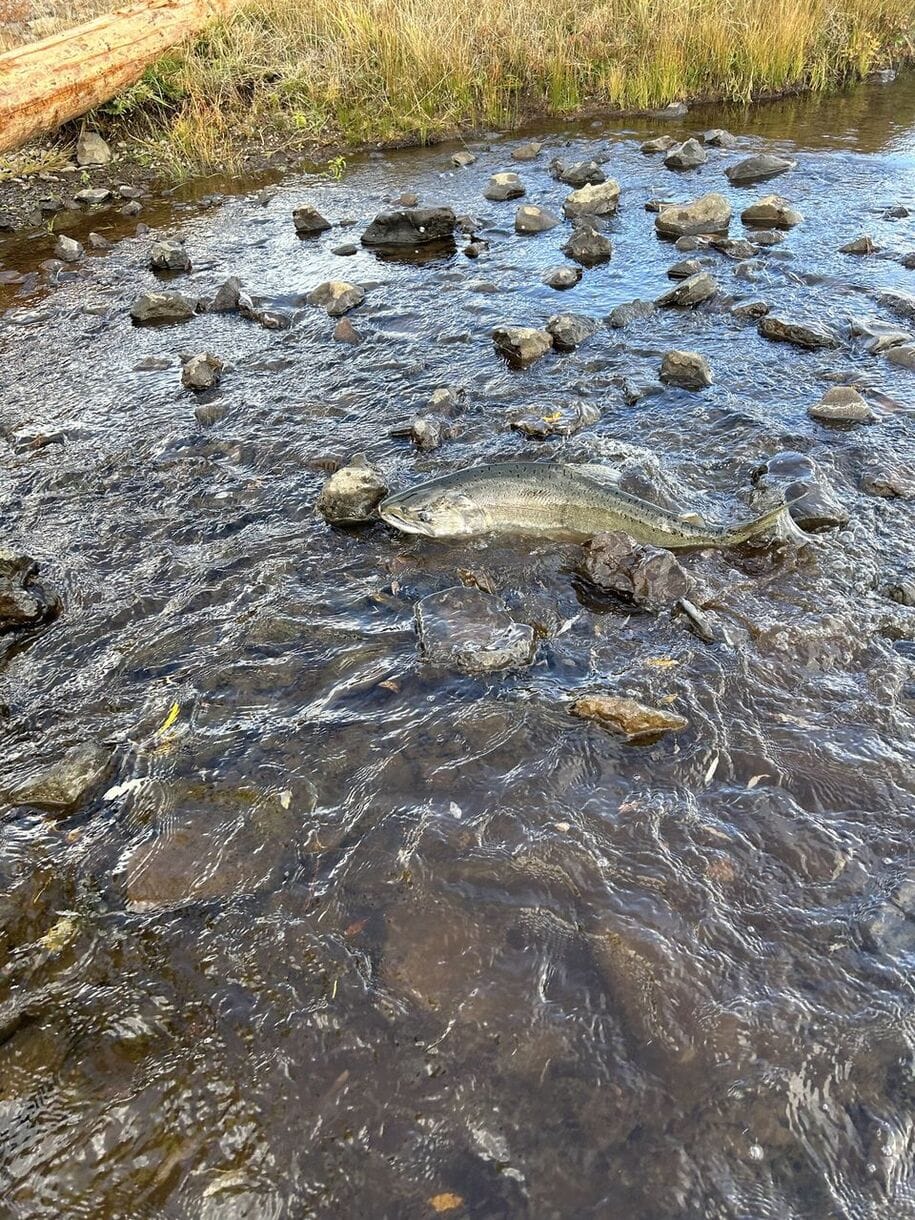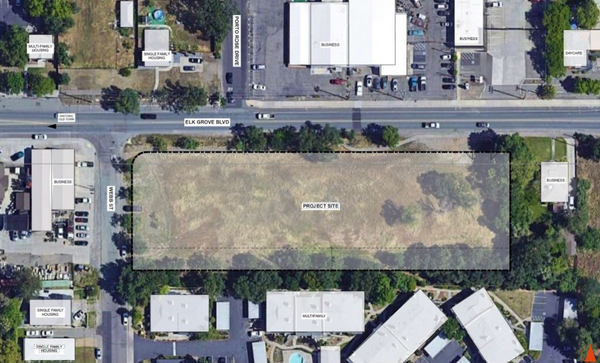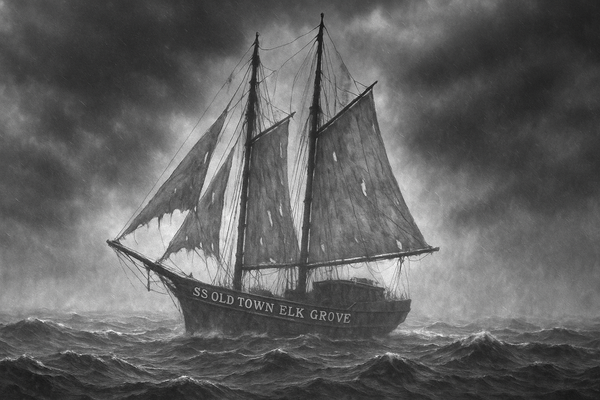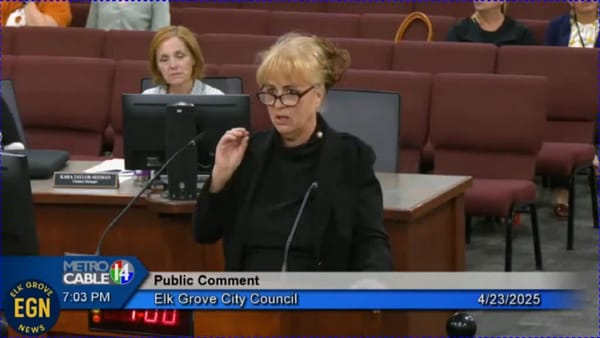First Klamath River salmon since 1912 reported in Oregon after dam removal!
This salmon traveled over 230 miles from the Pacific Ocean to reach Spencer Creek only a few weeks after Klamath River dams were removed to ensure fish passage from California to Oregon.




